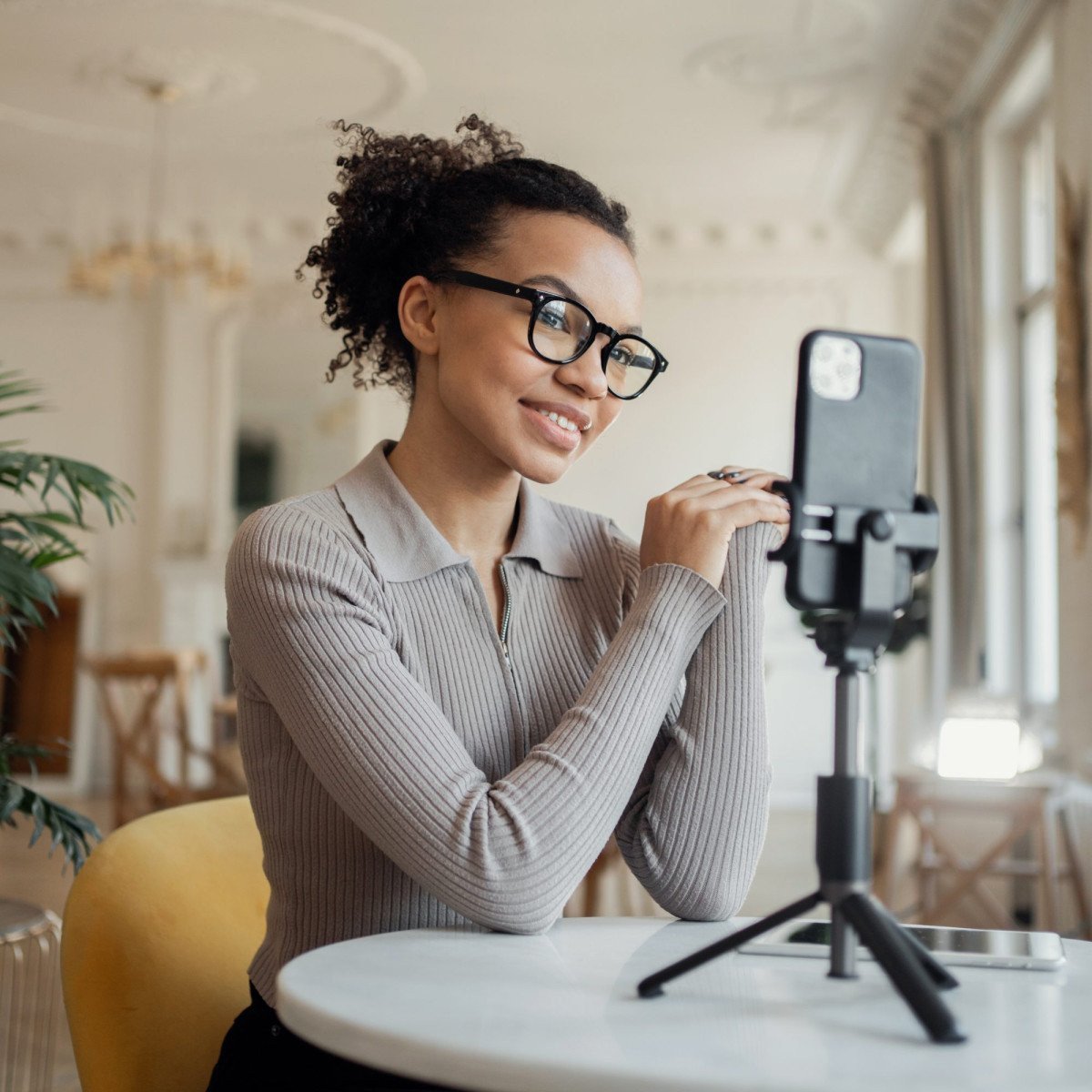Do you remember the first time you took a great photo? The exhilaration of capturing the perfect moment, the appreciation for the play of light, and colors pouring into your lens. Like mine, your photographic journey may have started with a simple point-and-shoot camera but, ‘the devil is in the details’, as they say.
As you immerse yourself deeper into this realm, a realization hits you – the camera is more than just a tool; it’s a companion in your creative journey. And, you deserve the perfect companion, don’t you? With a myriad of options available, how do you find ‘the one’? Here’s where camera reviews step in to play cupid. But, did you know, 79% of consumers trust online reviews as much as personal recommendations?
Navigating the Sea of Camera Reviews
Camera reviews can be a bewildering maze with technical jargon thrown in good measure. It’s like learning a new language – ISO, aperture, shutter speed…and the list goes on. ‘Oh, I wish I had someone to translate this gibberish,’ you might’ve thought, glancing through countless reviews. My friend, consider this your Rosetta Stone.
For starters, take a cold, hard look at what you need. Are you an aspiring wildlife photographer or is street photography your calling? Your genre should dictate your weapon of choice. Reviews of landscape photography cameras, for instance, put emphasis on different parameters than those reviewing cameras for portrait photography.
Decoding the Technical Jargon
Once you’ve zeroed in on your genre, it’s time to dive into the sea of technobabble. Fear not. Let’s break it down. The ‘megapixel myth’ is one swamp you want to avoid. More megapixels don’t necessarily mean better pictures. Instead, focus on the ‘sensor size’. Larger sensors capture more light, resulting in better image quality. Remember, it’s not about the size of the boat, it’s the motion of the ocean. Another crucial aspect is the ‘ISO range’. ISO controls the camera’s sensitivity to light. A camera with a wider ISO range offers more flexibility shooting in different lighting conditions.
Usability and Comfort
Technical details aside, a camera should feel like an extension of you. It should fit like a glove and be comfortable to use. Features like touch screen, articulate screen, or Wi-Fi might seem trivial but often come in handy. Does the camera feel rugged in your hands or does it feel like it will crumble with a minor knock? Remember the Goldilocks principle – not too heavy, not too light, but just right.
Value for Money
Your camera should be worth every penny you invest. However, ‘value for money’ doesn’t always mean the cheapest option. It’s about the right balance between cost and benefits. Always compare the camera’s price with its offerings. Expensive doesn’t always equate to better and neither does cheap mean inferior. This where reading multiple camera reviews and comparisons can help. They give you an unbiased insight into the camera’s strengths and weaknesses.
To Conclude…
Decoding camera reviews can be an intimidating task, but armed with the right knowledge, you can navigate efficiently. Remember, at the end of the day, the best camera is the one that lets your creativity shine, fits your budget, and aligns with your skills. Don’t let the flashy specifications or marketing gimmicks influence your decision. Listen to your gut, and trust in your abilities. After all, ‘It’s the photographer, not the camera, that’s the instrument.’
So, happy hunting and may you find the perfect companion for your creative journey!


0 Comment